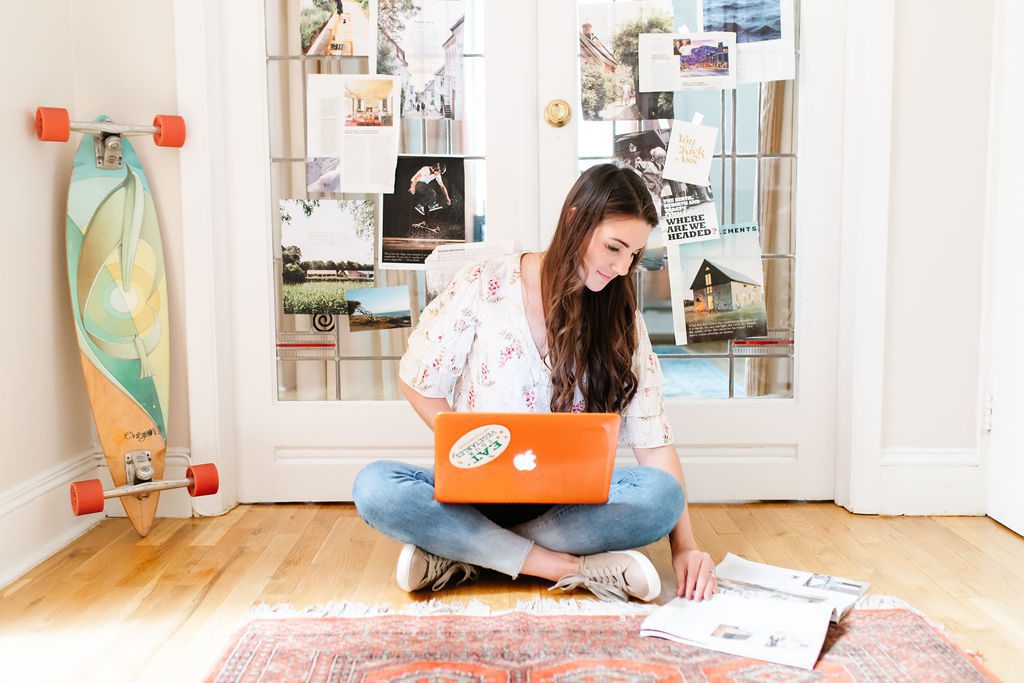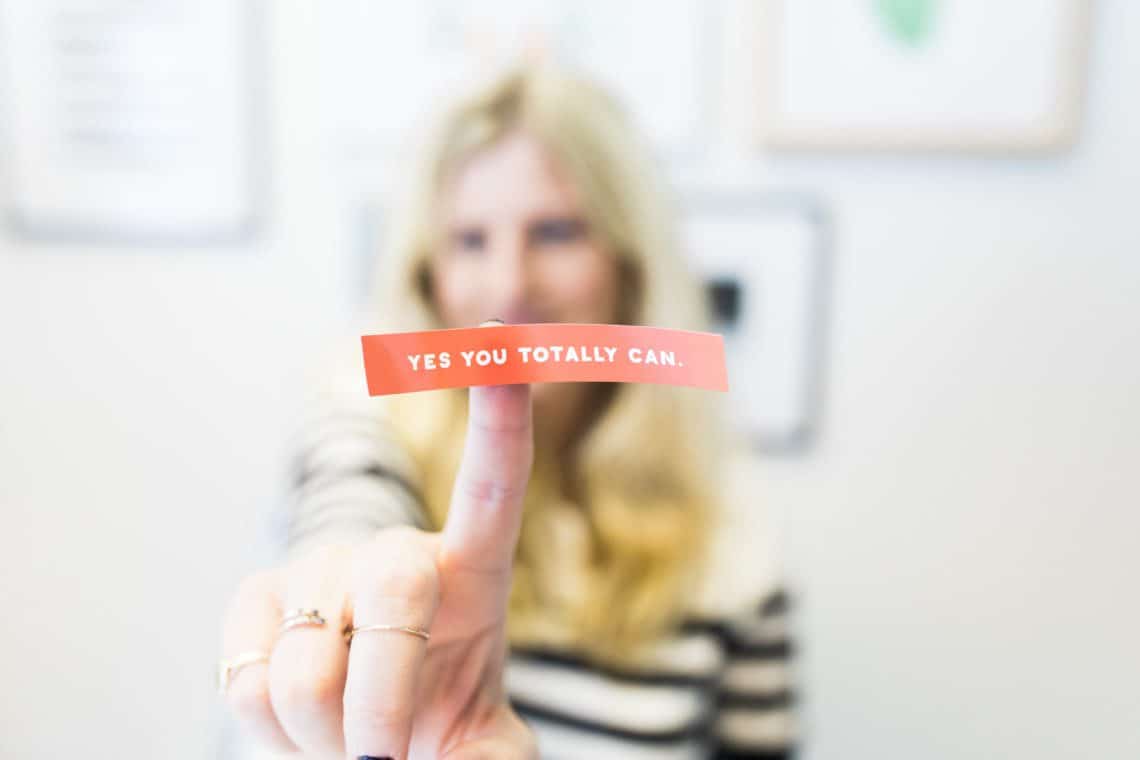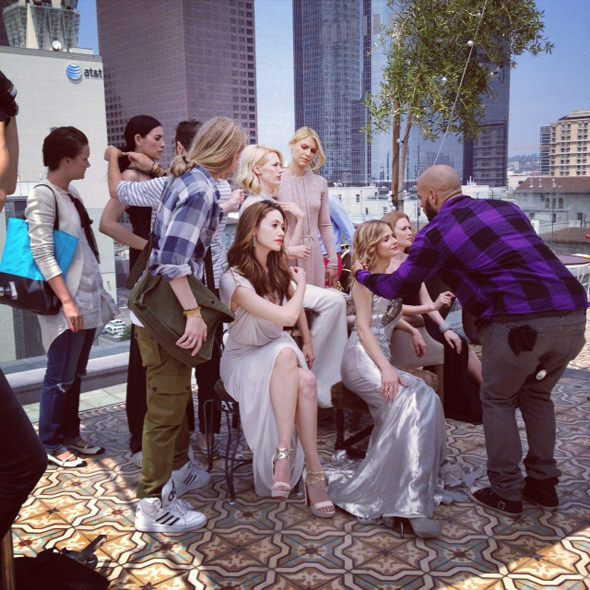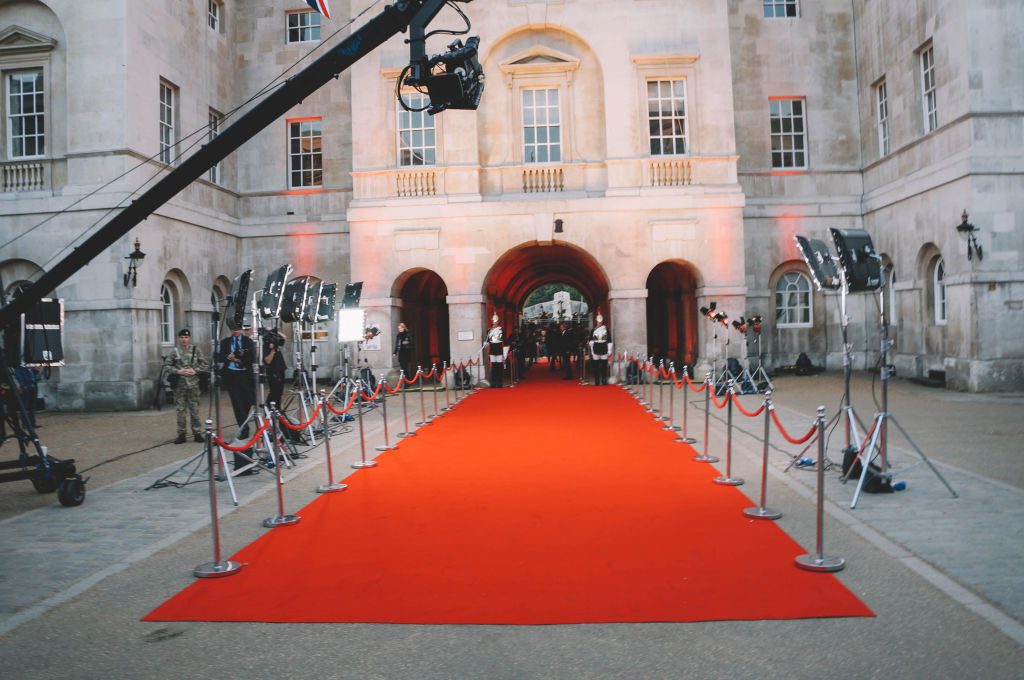How SEO Affects Your Interior Design Business
The importance of rank and discoverability are becoming increasingly noticeable as clients and customers continue to “shop” and “discover” interior designers online. If you are new to the term “SEO” or, more formally, “Search Engine Optimization,” it simply means how well your website ranks when potential clients are looking for interior designers online.
In other words, how easy it for potential clients to find you when they search Google for interior designers? If you’ve never tried to see how easy it is for someone to find you in Google, go ahead and play around with it right now. I’ll wait.
If you find out through your Google search, “Hey, I’m not ranking, but my competitor is”—despite how beautiful your site is vs. theirs—I have good news for you.
While the digital space can seem intimidating, many of the most basic improvements are not nearly as complex as the work you’re probably doing daily in your own business—especially with the help of a professional. The best part about it, unlike most things in web and interior design, is that these changes can be seen (in search) in a short amount of time with the improvements continuing to pay off over the long haul.
7 Tips Every Interior Designer Should Follow to Rank in Organic Search
- Add Text to Your Portfolio/Project Pages: Simple and easy, image-to-text ratio matters when it comes to ranking despite what you may have heard. This is among the most common mistakes I see on interior designers’ sites. Designers feature their portfolio purely via photos. Hey, the photos are beautiful and shine a bright light on your work, but to Google, your images, alone, won’t let you rank. To start, make sure you’re adding alt tags to your images. A good image-to-text (or HTML, which includes your image tags) is 25 to 70 percent. While higher image-to-text isn’t a direct link to higher SEO in the traditional sense, it is a silent indicator to Google that your site isn’t bloated (or slow), that it’s built for people rather than for ranking purposes, and that it will provide people with a better user experience.In other words, more words let Google know, “Hey, this website will deliver people what they want,” and Google likes that.
- Focus on Long-Tail Keywords: Your potential clients are searching for long-tail keywords—more targeted phrases than generic head keywords. I’m talking about the difference between someone searching “restaurant interior designers near me” vs “restaurant designer.” Not only is there less competition when you target this way, but you’ll get more qualified leads. Google continues to shift its algorithm (aka how they rank websites) to also focus more on answering questions. Consider what people might search or what questions they might have in order to find you. These are long-tail keywords you should focus on.
- Add Location-Specific Tags and Content: Speaking of long-tail keywords, unless you travel often for your business, the most valuable search will be in geographic areas where you work. Put your location in the title, meta title, meta description, alt tags, home, contact, and services pages so that people in your area will find and book you.
- Add a Blog to Your Site: Ok, I know, not everyone is a writer, and if you’re not, you can (and should) hire a ghostwriter. 70% of people report that they would rather learn about a business from an article than an advertisement. This brings me back to point #2. If you know what people are asking and what needs your services can help them solve, then writing a blog to answer these questions is a surefire way to gain search visibility and present yourself as an authority in the interior design space. Both are ways to take a cold lead and turn it into a hot lead. Plus, the only cost of writing a blog is the initial fee, and then it will live on for as long as you keep your website up, making it priceless over time.
- Consider Your Image Sizes (and site speed): Oftentimes, photographers will send high res proofs of your work. Unless you’re sending those images to print, you will need a web-ready version of the image for your site (hence, the name “web ready”). A majority of the time, sites with very slow load times are slowed solely by having images the size of a football field. Remember, people are often on their phones, not at Giants Stadium. Click here to check your site speed.
- Social Media Matters: As noted in PR for Interior Designers Tips, social media is important because it’s a visual way to promote your work and attract new clients and tastemakers across the board. You can also up the ante and post your content on visual search engines like Pinterest and YouTube. Building boards, pins, and videos using the long-tail keywords is a way to increase your brand’s ranking. After all, Pinterest and YouTube rank in Google Search. It’s a win-win.
- Invest in an Interior Design SEO Specialist: Doing so will allow you to quickly unearth long-tail keywords you may not have thought of, improve the overall quality of your website, and oftentimes, this specialist can also double as a ghostwriter. And in a digital space where the race to the finish line is getting faster and faster, hiring a specialist will ensure you establish your SEO before it’s overly saturated and too costly.
PS. Want to get your interior design project published in a magazine? This is for you.
Written by guest contributor Gabrielle Nickas, who is a digital marketing strategist, working with active lifestyle brands and interior designers. She helps clients build brand awareness and conversions in the digital space. She’s also the co-owner and CMO at Original Skateboards. Connect with her about marketing, travel, and more by heading to her website.







Pingback: How to Get Interior Design Clients Who Won't Blink an Eye at Your Rates